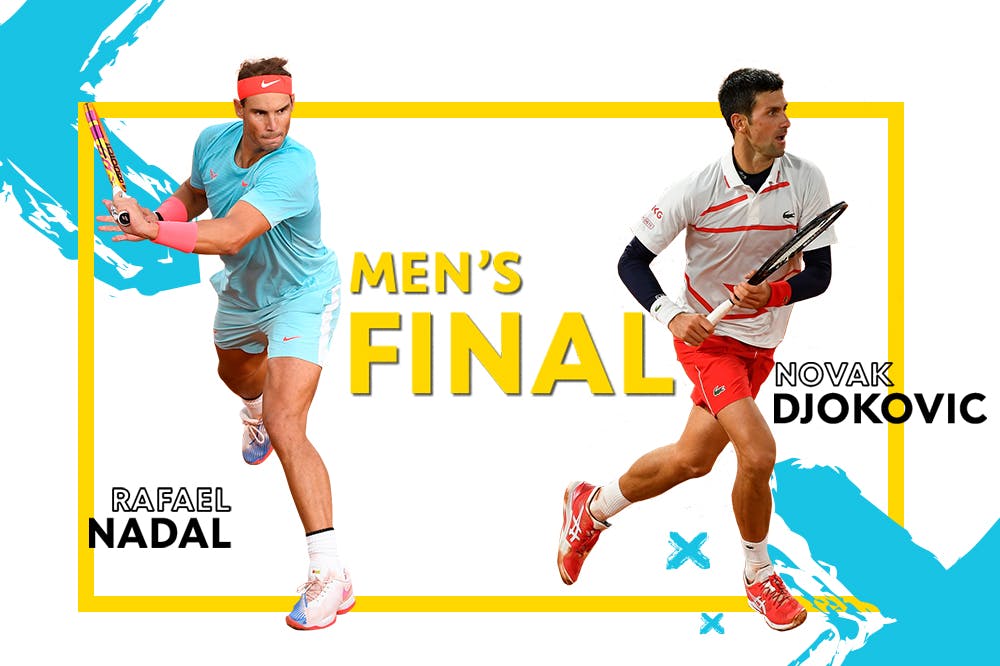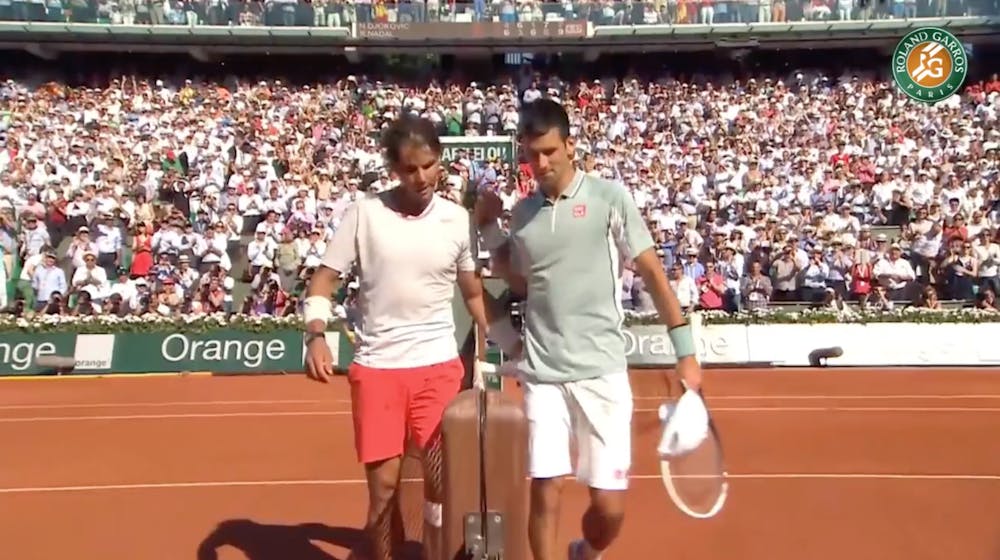It all comes down to this – one of the most storied sporting rivalries between the top seed, Novak Djokovic, and No.2 seed and defending champion, Rafael Nadal.
Now they locks horns for the Roland-Garros title for the third time, the latest chapter on a major stage.
Djokovic and Nadal have squared off at every Grand Slam event and at Sunday’s conclusion, either the Serb will have closed the gap on Nadal’s tally to one major title and two shy of Roger Federer, or the 12-time champion will draw level with Federer’s record 20.
Here’s a look at this most intriguing of match-ups.
 ROLAND-GARROS
19 May - 8 June 2025
ROLAND-GARROS
19 May - 8 June 2025





 FFT
FFT